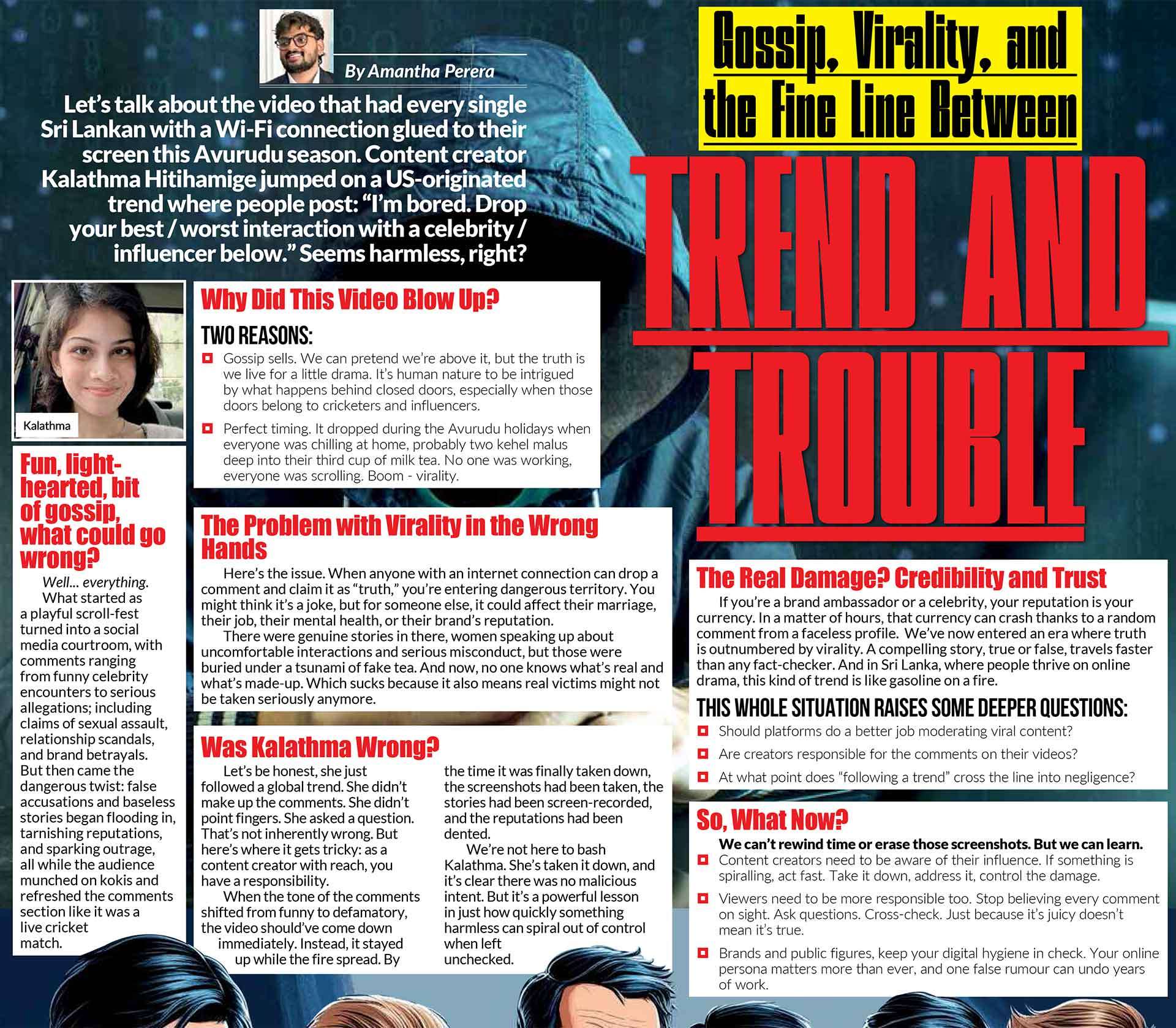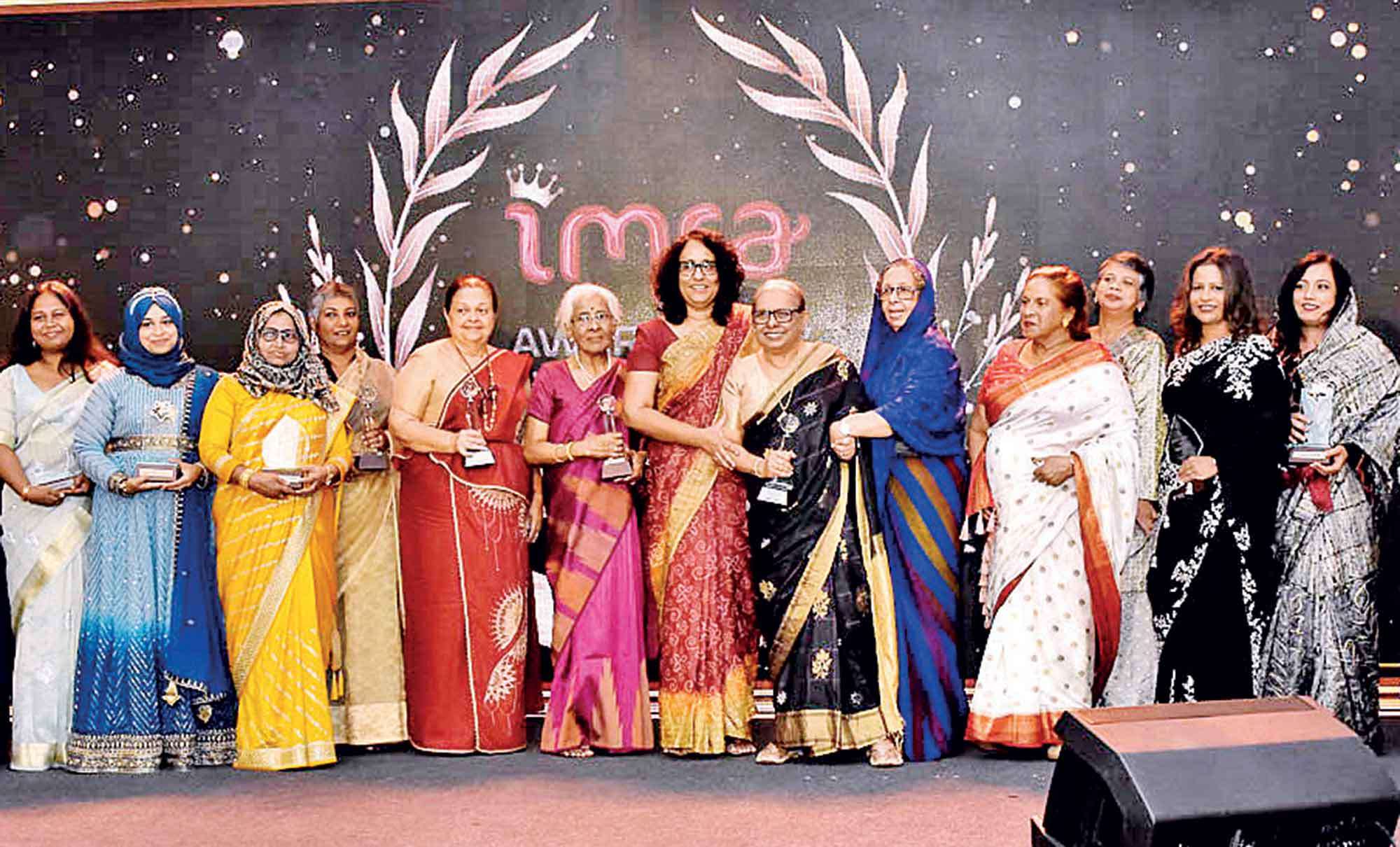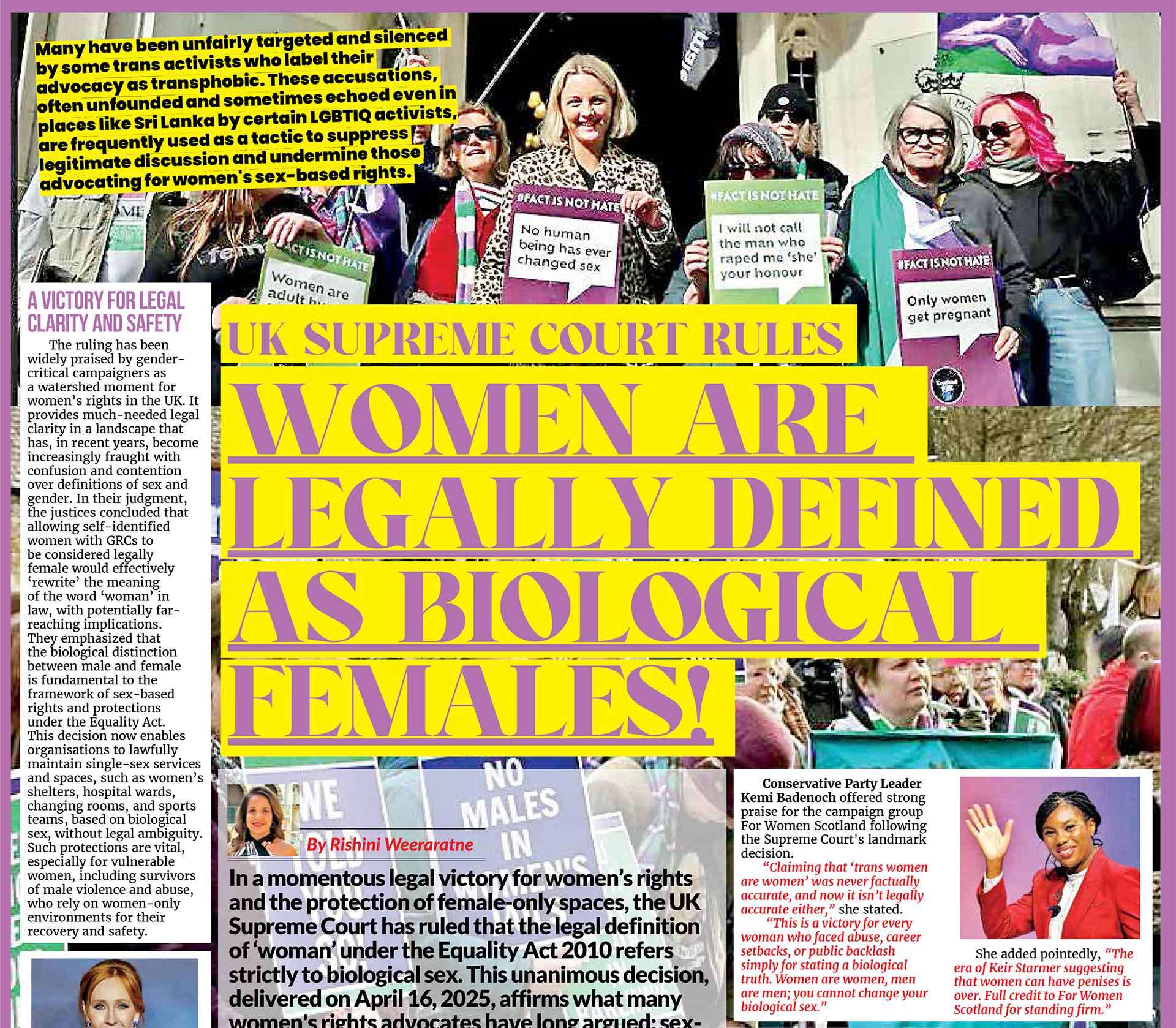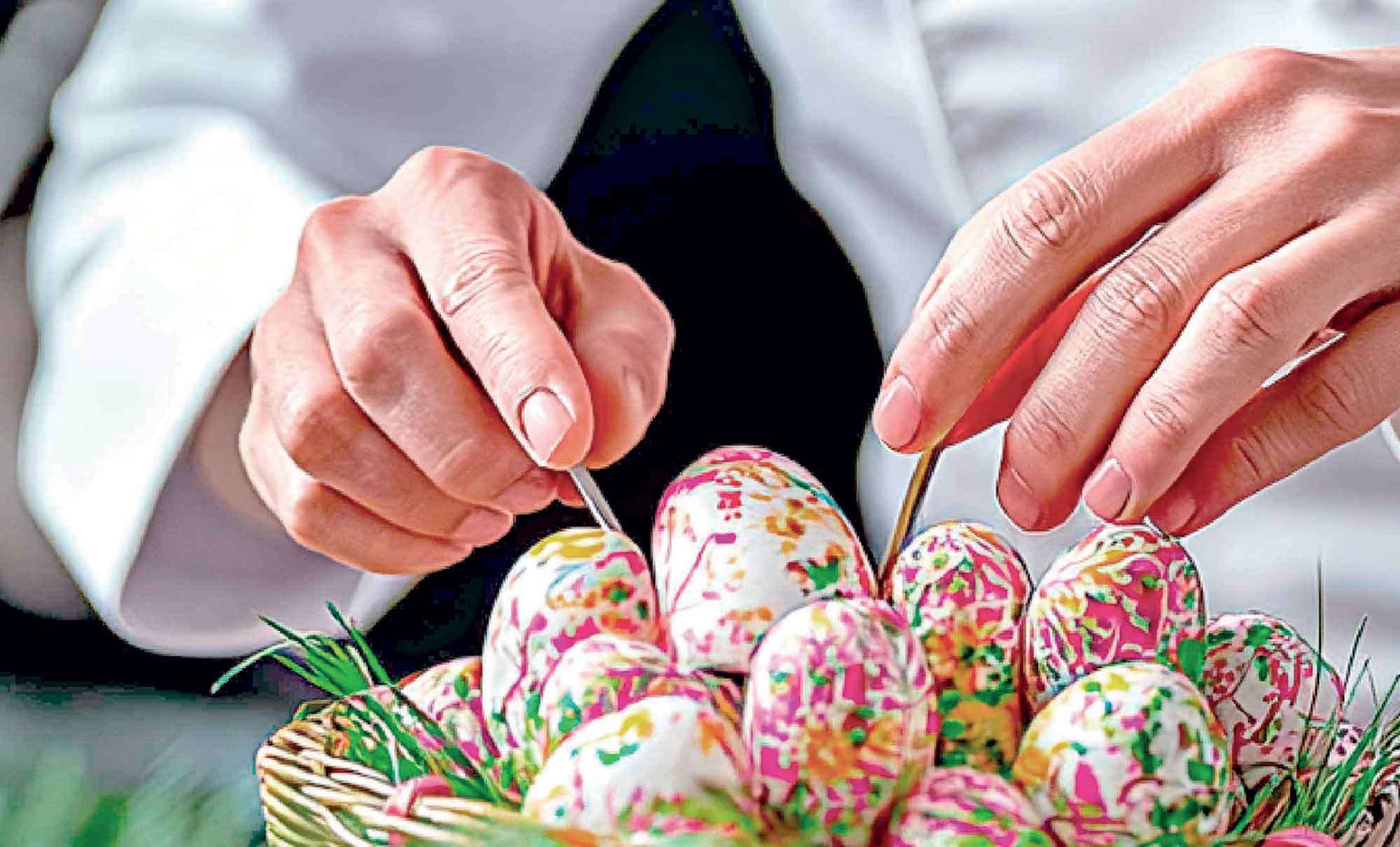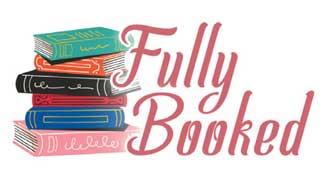

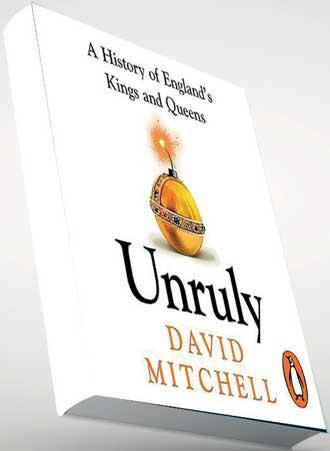 Comedian and writer David Mitchell’s ‘Unruly’ introduces readers to England’s early kings and queens, from the legends and lies about King Arthur to Elizabeth I. A series of short biographies about dead monarchs may not initially seem like a page-turner but this book makes it work. Why? Because it’s really funny. David Mitchell’s sardonic voice and humour are on point, just take his description of Henry I: “He was predictable. That’s the key. It’s disappointing in a lover but, in a feudal overlord, it hits the spot.” Forget the “divine right of kings”, as Mitchell explains, sometimes a bunch of random stuff just happened and certain people ended up on top. And sometimes these people were absolute oddballs. This irreverent thread continues throughout the book, which is peppered with anecdotes about the antics of these assorted weirdos. While the book also has some sharp historical analysis, it’s more of a comedy than an academic debate, perfect for a funny, entertaining read.
Comedian and writer David Mitchell’s ‘Unruly’ introduces readers to England’s early kings and queens, from the legends and lies about King Arthur to Elizabeth I. A series of short biographies about dead monarchs may not initially seem like a page-turner but this book makes it work. Why? Because it’s really funny. David Mitchell’s sardonic voice and humour are on point, just take his description of Henry I: “He was predictable. That’s the key. It’s disappointing in a lover but, in a feudal overlord, it hits the spot.” Forget the “divine right of kings”, as Mitchell explains, sometimes a bunch of random stuff just happened and certain people ended up on top. And sometimes these people were absolute oddballs. This irreverent thread continues throughout the book, which is peppered with anecdotes about the antics of these assorted weirdos. While the book also has some sharp historical analysis, it’s more of a comedy than an academic debate, perfect for a funny, entertaining read.
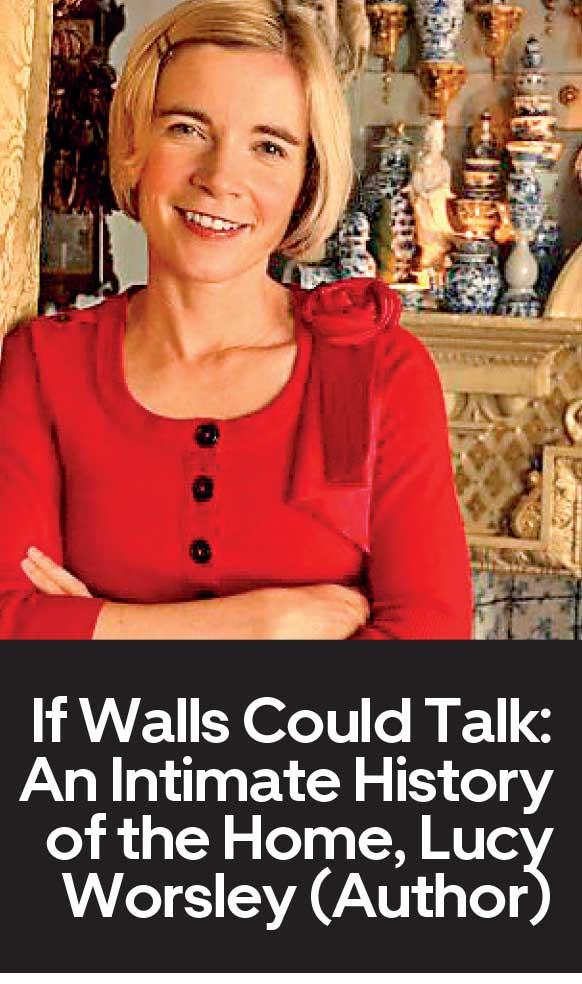
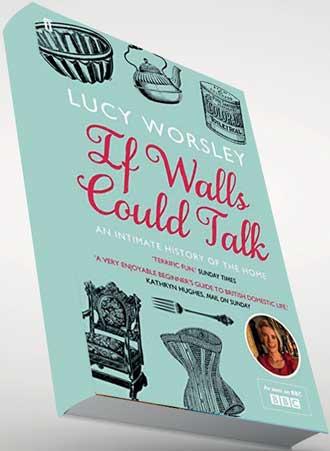 Here is a slightly different take on history as Lucy Worsley takes readers through the history of the home. She guides us through the bedroom, bathroom, living room and kitchen, and tells us their history, from medieval times up to today. This book is packed with thoroughly researched facts and as always, it’s the ones that seem strange now to a modern reader that are particularly attention-grabbing. For example, the idea that bedrooms weren’t always considered private spaces and it was common for guests to barge in for a chat. And that the idea of needing solitude is linked to the rise of reading, as when literacy spread towards the end of the Middle Ages, people became more willing to spend time by themselves. It’s fascinating to read how the architecture of the home has evolved and what that says about people. Because it always comes back to people since a home inevitably tells us about the people who live in it and more broadly about the culture of the time period that it comes from. I found the chapter on kitchens particularly interesting. Did you know that having people over for tea was once a power move? People did this to show off that they were rich enough to buy a tea set and highlighted their good manners by demonstrating that they knew how to serve tea.
Here is a slightly different take on history as Lucy Worsley takes readers through the history of the home. She guides us through the bedroom, bathroom, living room and kitchen, and tells us their history, from medieval times up to today. This book is packed with thoroughly researched facts and as always, it’s the ones that seem strange now to a modern reader that are particularly attention-grabbing. For example, the idea that bedrooms weren’t always considered private spaces and it was common for guests to barge in for a chat. And that the idea of needing solitude is linked to the rise of reading, as when literacy spread towards the end of the Middle Ages, people became more willing to spend time by themselves. It’s fascinating to read how the architecture of the home has evolved and what that says about people. Because it always comes back to people since a home inevitably tells us about the people who live in it and more broadly about the culture of the time period that it comes from. I found the chapter on kitchens particularly interesting. Did you know that having people over for tea was once a power move? People did this to show off that they were rich enough to buy a tea set and highlighted their good manners by demonstrating that they knew how to serve tea.
It’s fascinating to read how the architecture of the home has evolved and what that says about people
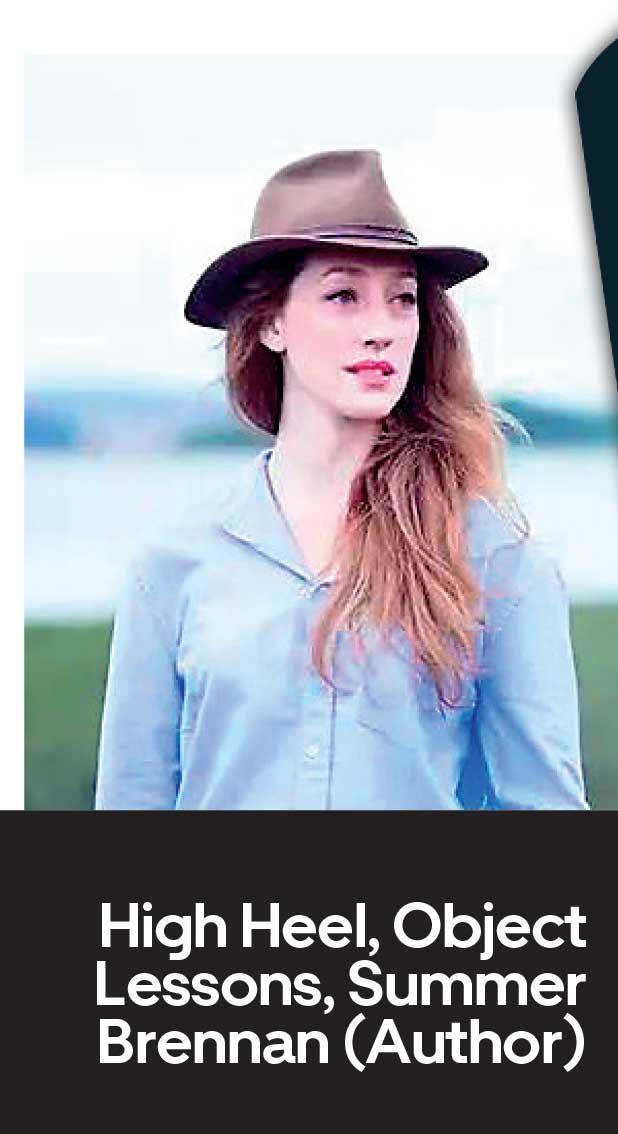
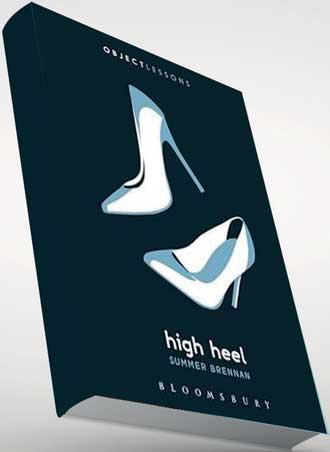 Bloomsbury’s Object Lessons series are short, compelling examinations of the hidden lives of ordinary things. I especially enjoyed the book focusing on high heels. At only 192 pages, it’s a quick read but it is packed with fascinating information and the sheer scope of this little book is impressive. The author moves smoothly from Greek myths to fairy tales, from the tenth century to the modern day to trace how high heels went from a symbol of male power to female sexuality. High heels are also an intriguing topic of discussion because they prove divisive; considered alluring to some and reviled by others. Are high heels feminist? This is one of the questions the book carefully considers. Do they symbolise feminine power? I’ll admit, for me, high heels conjure images of a sharp, professional woman with a successful career. Or are high heels a way to hobble us? Since they make us less mobile, less able to run from danger. Brennan’s narrative is made all the more interesting because she brings in literature, poetry, and politics for a brilliantly detailed analysis of the high heel. And if the topic of high heels doesn’t catch your interest, why not try the book about coffee or the
Bloomsbury’s Object Lessons series are short, compelling examinations of the hidden lives of ordinary things. I especially enjoyed the book focusing on high heels. At only 192 pages, it’s a quick read but it is packed with fascinating information and the sheer scope of this little book is impressive. The author moves smoothly from Greek myths to fairy tales, from the tenth century to the modern day to trace how high heels went from a symbol of male power to female sexuality. High heels are also an intriguing topic of discussion because they prove divisive; considered alluring to some and reviled by others. Are high heels feminist? This is one of the questions the book carefully considers. Do they symbolise feminine power? I’ll admit, for me, high heels conjure images of a sharp, professional woman with a successful career. Or are high heels a way to hobble us? Since they make us less mobile, less able to run from danger. Brennan’s narrative is made all the more interesting because she brings in literature, poetry, and politics for a brilliantly detailed analysis of the high heel. And if the topic of high heels doesn’t catch your interest, why not try the book about coffee or the
gold ball?
At only 192 pages, it’s a quick read but it is packed with fascinating information and the sheer scope of this little book is impressive



